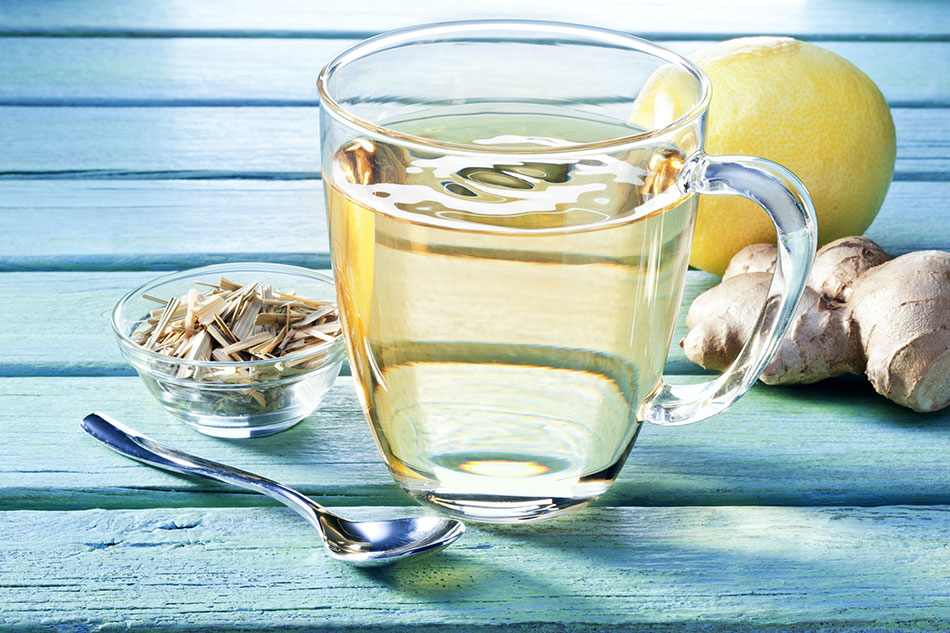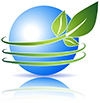 Herbal Medicine Helps Depression
Herbal Medicine Helps Depression
Herbal medicine is the use of medicinal plants for prevention and treatment of diseases. Medicinal plants represent the oldest source of pharmacotherapy; which is the therapy of using pharmaceutical drugs. In fact, a considerable number of people in less developed countries still rely on herbal remedies for their primary health care.
The acceptance of herbal medicine as a natural and mild alternative to synthetic drugs is common in developed countries. From a global perspective, the sales of herbal medicines are at an all time high.
Surveys have found that about 38% of Americans use some form of herbal medicine with respondents born before 1946 reporting higher use than other age groups. Herbal medicine is considerably more popular outside of the U.S., with an estimated use by 80% of the world’s population.
Phytodrugs are mixtures of compounds extracted from one or more plants. Phytoremedies have a wide range of benefits without the undesirable side effects of pharmaceutical drugs, and are therefore appropriate for long term use with chronic illnesses. For example, plant extracts from hypericum perforatum—commonly called St John’s wort—are regularly used for treating depressive disorders.
Herbal medicine attempts to find the underlying cause of an illness rather than focusing on treating individual symptoms. Herbalists believe that herbs can help the body to heal itself by restoring balance and activating the body’s natural healing abilities. By stimulating the immune system a cascading healing effect occurs in the body, positively affecting mental health.
As the use of herbal medicine becomes widespread in the U.S., more people are using it to treat depression. In a 2001 study, sociologist Ronald C. Kessler of Harvard Medical School conducted a survey and found that more than half of people with severe depression used some form of alternative therapy, including herbs, during the previous year, usually without medical supervision. Needless to say, Americans are increasingly finding that plant-based remedies can stand in for conventional ones in the treatment of mood disorders.
The Administration of Herbal Medicine
Herbal products are manufactured from different parts of each plant, such as leaves, stems, roots, rhizomes, and flowers. They’re available in various forms, including tea bags, capsules, tablets, powders, and liquids.
Herbal medicine is most commonly used one of four ways; 1) as a supplement, 2) by tincture, 3) as a tea, or 4) as an essential oil. Herbal supplements are manufactured by processing plants, plant parts, or plant extracts and then putting them in capsule form.
An herbal tincture is a concentrated liquid form of one or more herbs. To make a tincture, parts of an herb are soaked in alcohol or vinegar for several weeks. Another form of ingestion is an herbal porridge, such as the ancient recipes used in traditional Chinese medicine.
Herbal teas have been around for centuries. Despite their name, herbal teas are not true teas at all. True teas, including green and black tea, are brewed from the leaves of the Camellia sinensis plant. On the other hand, herbal teas are made from dried fruits, flowers, spices or herbs.
Essential oils are compounds extracted from plants intended to capture the plant’s scent and flavor. Essential oils are obtained through distillation (via steam and/or water) or mechanical methods, such as cold pressing. Once the aromatic chemicals have been extracted, they are combined with a carrier oil to create a product that’s ready for use.
Herbal remedies for depression have been used medicinally for centuries as folk and alternative treatments. Today, specific herbs are marketed as mood boosters for people who experience chronic feelings of sadness or hopelessness. What’s more, studies have demonstrated the benefits of herbs for treating depressive disorders. The following are several herbs that may help lift mood for people experiencing symptoms of depression.
References
Meeks TW, Wetherell JL, Irwin MR, Redwine LS, Jeste DV. Complementary and alternative treatments for late-life depression, anxiety, and sleep disturbance: a review of randomized controlled trials. J Clin Psych. 2007;68:1461–1471.
Brown RP, Gerbarg PL. Herbs and nutrients in the treatment of depression, anxiety, insomnia, migraine, and obesity. J Psychiatr Pract. 2001;7:75–91.
Cauffield JS, Forbes HJ. Dietary supplements used in the treatment of depression, anxiety, and sleep disorders. Lippincotts Prim Care Pract. 1999;3:290–304.
Crean RD, Crane NA, Mason BJ. (2011). An evidence based review of acute and long-term effects of cannabis use on executive cognitive functions. J Addict Med, 5(1), 1–8.
Dhuley JN. (2000). Adaptogenic and cardioprotective action of ashwagandha in rats and frogs. J Ethnopharmacol, 70(1), 57–63.
Dorn M. (2000). Valerian versus oxazepam: Efficacy and tolerability in nonorganic and nonpsychiatric insomniacs: A randomized, double-blind, clinical comparative study. Forschende Komplementärmedizin und Klassische Naturheilkunde, 7, 79–84.
Dressing H, Riemann D, Low H, et al. (1992). Insomnia: Are valerian/balm combination of equal value to benzodiazepine? Therapiewoche, 42, 726–736.
Elzinga S, Fischedick J, Podkolinski R, Raber JC. (2015). Cannabinoids and terpenes as chemotaxonomic markers in cannabis. Nat. Prod. Chem. Res, 3, 81.
About This Excerpt
The above excerpt is reprinted from Dr. Randi Fredricks’ book Complementary and Alternative Treatments for Depression. No part of this article may be reproduced in any form or by any electronic or mechanical means, including information storage and retrieval systems.
Disclaimer: This article is not intended to provide medical advice, diagnosis or treatment. Views expressed here do not necessarily reflect those of Dr. Randi Fredricks as articles often present the published results of the research of other professionals. Copyright © 2020.